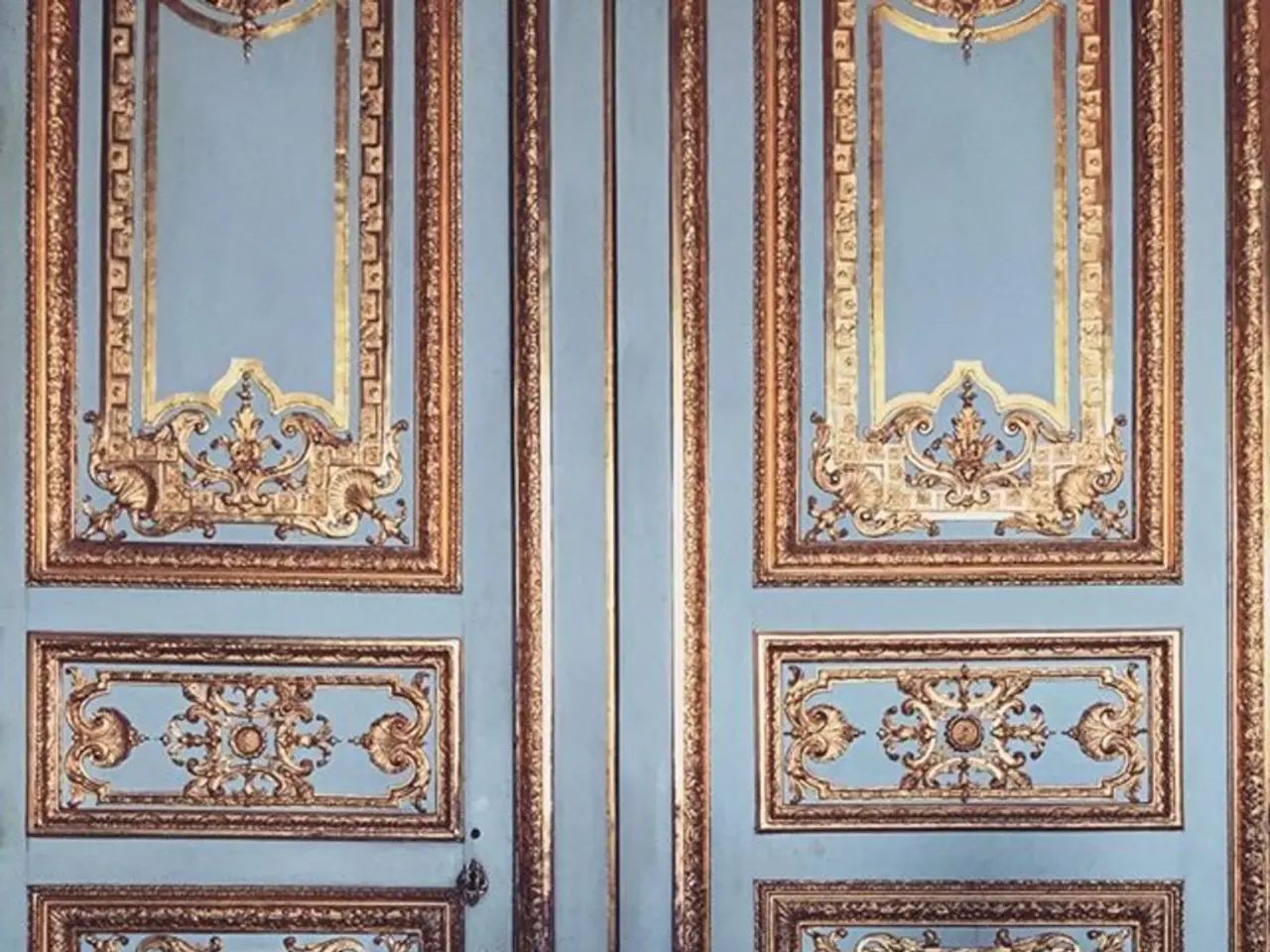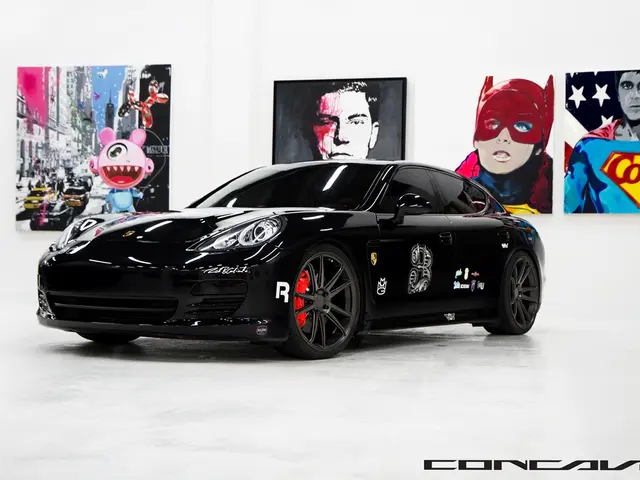Industrial Design's Progressive Transformation
The Industrial Revolution, a transformative period spanning the 18th and 19th centuries, marked the birth of industrial design and consumerism as we know it today. This era brought about a shift from handcrafted production to machine-driven manufacturing, revolutionising the way products were created and marketed.
The emergence of industrial design saw the creation of products that were not only functional but aesthetically pleasing. The use of new materials like steel and iron, influenced by architectural trends, led to the introduction of standardised, often simplified designs suitable for mass production. This era also saw the advent of new printing methods, allowing graphic design to flourish and advertising to reach new heights, promoting these manufactured goods to a wider audience.
The Industrial Revolution's focus on efficiency and function led to a first wave of consumerism by the end of the 18th century. The rise of Fordism in the early 20th century, with its assembly lines and mass production methods, made products like the automobile accessible to the masses, fuelling mass consumption and changing lifestyles.
Industrial designers played a crucial role in differentiating products from competitors through branding, packaging, and unique designs. Iconic designs such as the Eames Lounge Chair and the Coca-Cola bottle emerged during this period.
As we move into the future, industrial design continues to evolve. There is a growing emphasis on biomimicry, drawing inspiration from nature to create innovative solutions. Sustainable design has been driven by the development of new materials like recycled plastics and biodegradable composites. The integration of smart technology into everyday products is a key trend shaping the future of industrial design.
Moreover, there is a growing focus on inclusivity and accessibility within industrial design, with designers creating products that are accessible to users of all ages and abilities. The future of industrial design is also shaped by the growing trend towards sustainable and eco-friendly design, with a focus on using renewable materials and reducing environmental impact.
In conclusion, the Industrial Revolution catalysed industrial design by encouraging functional, scalable production methods and innovative visual communication, while it propelled consumerism by making a variety of affordable goods available to a broader demographic, reshaping both production and consumption patterns fundamentally. The future of industrial design looks promising, with a focus on sustainability, inclusivity, and innovation.
[1] History of Industrial Design - An Overview, Design History Society, [www.designhistorysociety.org](http://www.designhistorysociety.org) [2] The Rise of Consumerism: The Industrial Revolution and Beyond, University of Oxford, [www.ox.ac.uk](http://www.ox.ac.uk) [3] Graphic Design in the Industrial Revolution, Cooper Hewitt Smithsonian Design Museum, [www.cooperhewitt.org](http://www.cooperhewitt.org) [4] The Impact of the Industrial Revolution on Consumerism, The British Library, [www.bl.uk](http://www.bl.uk) [5] Fordism and the Rise of Mass Consumption, The Ford Foundation, [www.fordfoundation.org](http://www.fordfoundation.org)
- Moving forward, there is a notable shift in industrial design, influenced by sustainable living, with designers creating products from recycled plastics and biodegradable composites.
- As technology advances, the integration of smart technology into everyday products is a key trend shaping the future of interior-design, home-and-garden, and lifestyle items.
- To promote accessibility and inclusivity, industrial designers are focusing on designs that cater to users of all ages and abilities, further redefining the industry's landscape.




